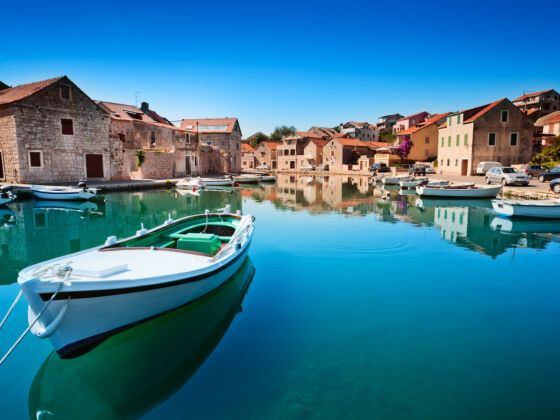I DID NOT EXPECT to meet a Japanese expat in a tiny village on a Croatian island. But then, Hvar Island was nothing like what I expected to find on Croatia’s Dalmatian Coast.
After years as the darling of National Geographic and the New York Times travel section, the region — often promoted as a cheaper Italy — is no longer an insider secret. Even in mid-May, a few weeks before the start of the summer season, Split was packed.
